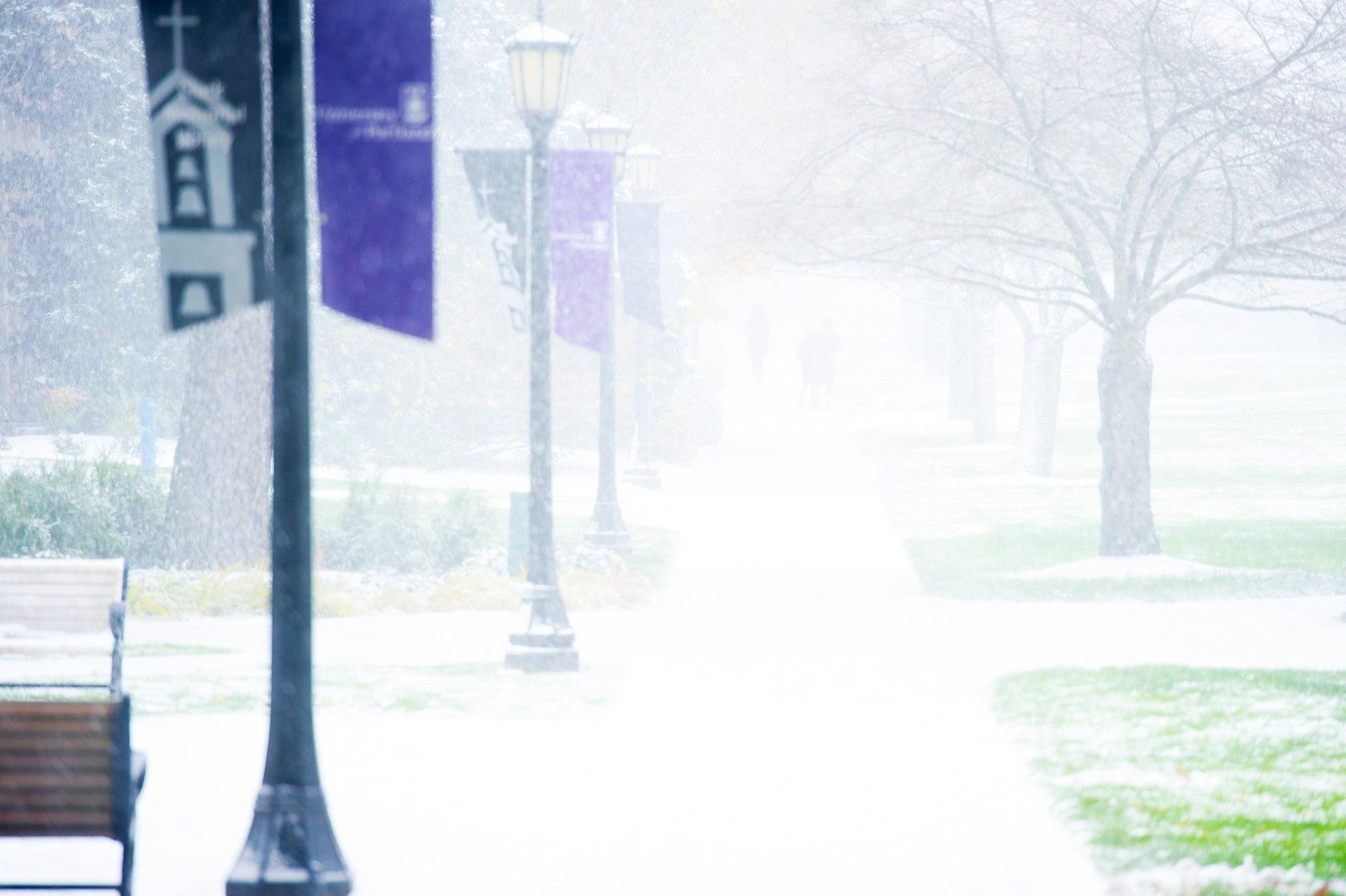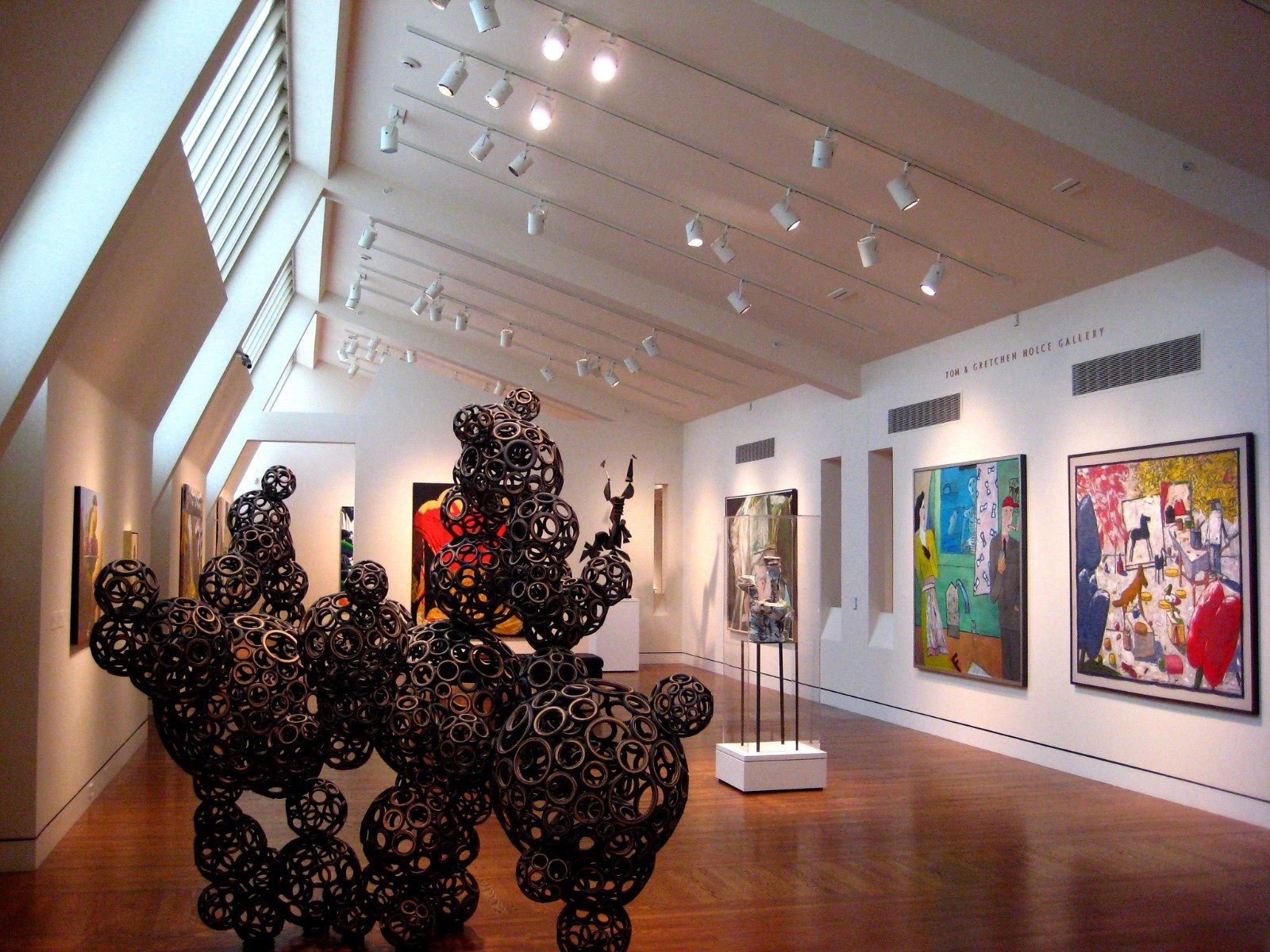Let’s face it: In Portland, we’re very used to mild winters. When freezing temperatures bring snow and icy roads, those who commute tend to go into what could politely be called “panic mode”. When Old Man Winter strikes during the last two weeks of a term, “panic mode” is not an option. Knowing what technology…Continue Reading Beating the Snow With Technology
Beating the Snow With Technology


